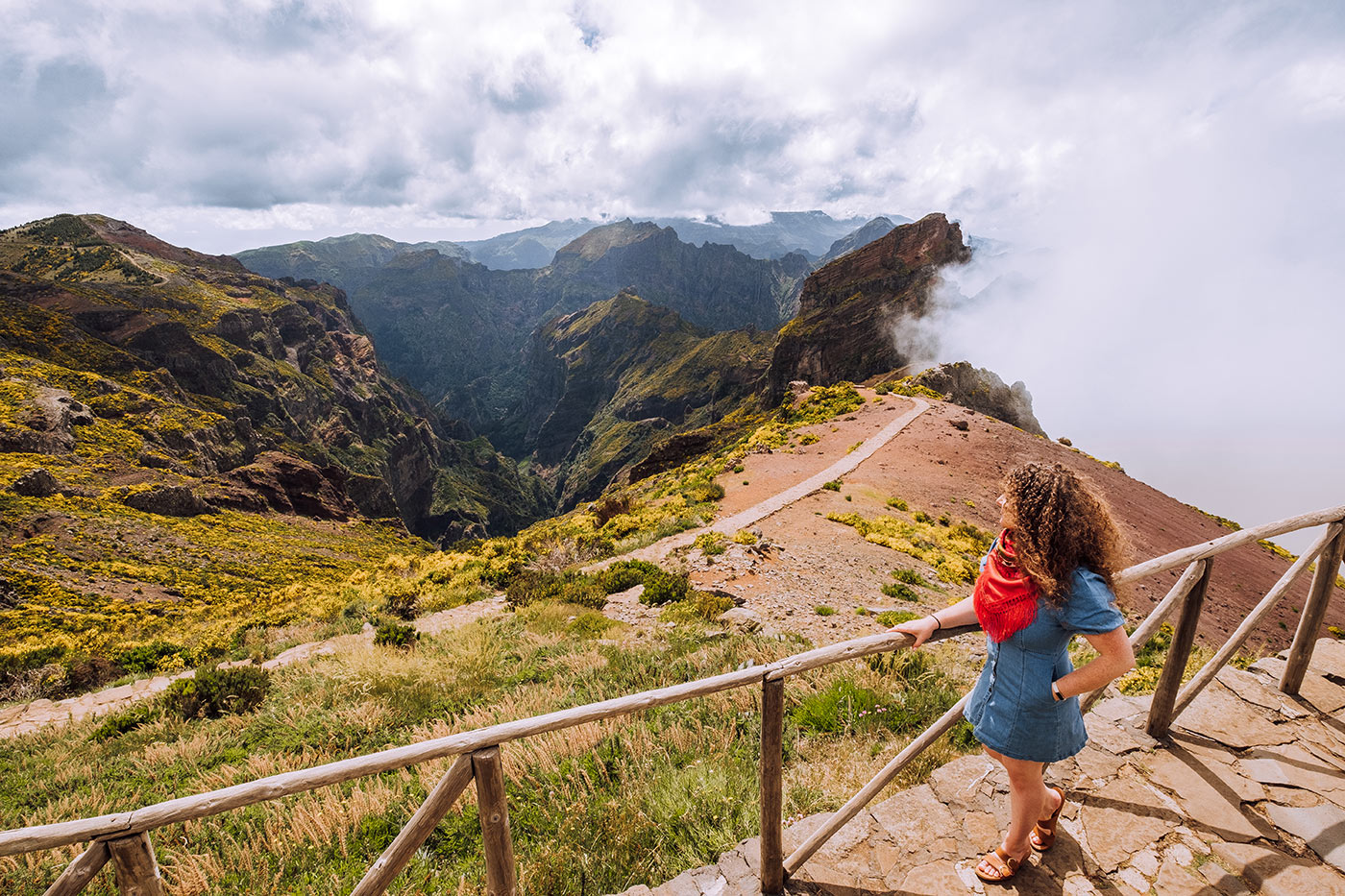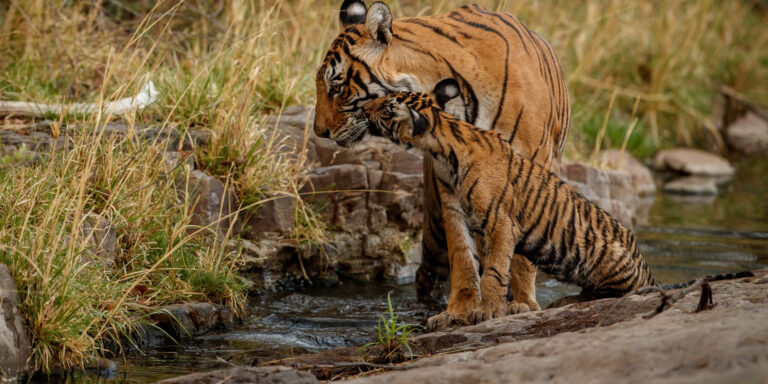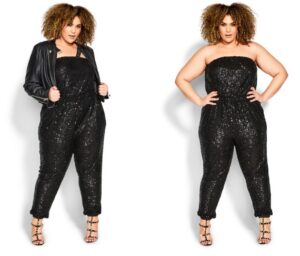Safari clothing should be comfortable and practical. Neutral colors and lightweight fabrics are recommended.
Safaris are exciting adventures that call for appropriate dressing to enhance your comfort and make the most of your experience. When packing for your safari, you must consider comfort, practicality, and the environment. Neutral colors such as khaki, olive green, and beige are ideal for blending in with the natural surroundings and avoiding distractions to the animals.
Also, choose lightweight and breathable fabrics such as cotton and linen as they are comfortable and allows you to move freely. Long-sleeved shirts and trousers are also recommended to protect your skin from insects, sunburn, and scratches. A wide-brimmed hat, sturdy shoes, and a jacket will come in handy during the early morning and night game drives. With these tips, you can ensure a comfortable and safe safari experience while looking stylish.

Credit: www.theintrepidguide.com
The Importance Of Choosing The Right Clothing
Understanding The Climate And Terrain
The climate and terrain of the location you will be visiting for your safari should play a significant role in determining the clothing you will wear. It is important to note that temperatures can vary greatly from day to night, so it is necessary to prepare accordingly.
Here are a few things to keep in mind:
- Loose-fitting, lightweight clothing is ideal for hot and humid environments. This type of clothing will also provide ventilation, keeping you cool and comfortable.
- During cooler or rainy seasons, it is recommended to layer up with warm clothing, such as thermal wear, and a waterproof jacket to stay dry.
- If your safari will take you through thick vegetation or areas with thorny bushes, wear clothing that covers your skin, such as long-sleeved shirts and pants, to prevent scratches and bruises.
Protecting Yourself From Insects And Wildlife
On your safari, you will likely come across some insects and wildlife, so it is essential to dress appropriately to protect yourself. Here are some tips to follow:
- Avoid bright or floral patterns as they can attract insects and wildlife.
- Wear shoes that are comfortable and closed-toe to avoid insect bites and protect your feet from sharp rocks and thorns.
- Use insect repellent on exposed skin to avoid bites.
- Consider wearing a hat to protect yourself from the sun and low branches.
How Clothing Affects Your Safari Experience
Your clothing can significantly affect your overall safari experience. Here are some ways it can impact your trip:
- Wearing the right clothing can help you blend in with the environment and make it easier to observe wildlife.
- By dressing comfortably, you will always be ready for the next adventure and not distracted by discomfort.
- Appropriate clothing can also help prevent injuries or sickness, particularly from insect bites and excessive sun exposure.
Selecting the appropriate clothing for your safari is essential to have an enjoyable and safe experience. Understanding the climate and terrain, protecting yourself from insects and wildlife, and considering how clothing affects your journey can all play a crucial role in making your experience unforgettable.
Essential Safari Clothing For Men And Women
Going on a safari is an exciting adventure, but knowing what to wear can be a bit tricky. You want to be comfortable, but also stylish while out in the wild. Here are some key essential safari clothing items that every man and woman should pack before heading out on a safari.
Shirts And Tops
- Wear lightweight breathable shirts that will keep you cool, but also protect you from the sun. Check with your safari company if they have specific recommendations or provide any clothing.
- Neutral colored shirts are best as they won’t attract attention from the animals or distract from the scenery.
- Sleeves and collars will also protect you from the sun and prevent insect bites.
Pants And Shorts
- Comfortable trousers that are breathable and lightweight are a great option. Avoid jeans as they can be too hot and uncomfortable.
- Men and women can opt for safari shorts that are comfortable and easy to move around in for those long safari rides.
- Avoid brightly colored or patterned pants and stick to neutral colors.
Footwear
- When it comes to shoes, comfort should be your top priority. You’ll be spending a lot of time walking around so make sure you bring shoes that you can walk in for a long time.
- Closed-toe shoes are best as they’ll protect your feet while walking.
- Choose shoes with a good grip as the terrain can be uneven.
Jackets And Layers
- A windbreaker jacket will come in handy for those early morning game drives when it’s a bit chilly. Layers are key on safari as temperatures can change quickly throughout the day due to the movement of the sun.
- Pack a lightweight sweater or hoodie that can be easily removed and stored depending on the weather conditions.
Headwear And Accessories
- A wide-brimmed hat is essential for protecting your face and neck from the sun. It will also help keep you cool by providing some shade.
- Scarfs can also be useful, for example, to cover your mouth and nose from dust or cold weather.
- Sunglasses will protect your eyes from the glare of the sun and prevent any dust or debris from getting in your eyes.
Overall, safari clothing should be comfortable, practical, and appropriate for the environment. Stick to neutral colors and avoid bright or flashy patterns or accessories that could distract from the safari experience. Pack comfortable shoes, layers, and protective accessories such as hats and sunglasses, and you’re ready for an adventure of a lifetime!
Choosing Safari Clothing For Different Seasons
Going on a safari is an unforgettable experience. From breathtaking landscapes to exotic wildlife, safaris offer a unique opportunity to experience nature up close. Of course, it’s essential to dress appropriately to ensure comfort, safety, and respect for the environment.
Keep reading to find out how to choose safari clothing suitable for different seasons, whether it’s hot and dry or cool and wet.
Hot And Dry Seasons
If you’re going on a safari during the hot and dry season, keep in mind that temperatures can soar well above 35 degrees celsius. The following are some tips on what to wear on a safari during such conditions:
- Choose neutral-colored, lightweight, and breathable clothing. The fabric should be moisture-wicking, quick-drying, and offer uv protection.
- Stick to long-sleeved shirts and long pants, preferably made of cotton or linen.
- Wear a hat with a wide brim or neck flap to protect your face, neck, and ears from the sun.
- Avoid wearing perfume, cologne, or any strong-scented lotions that may attract or irritate insects.
- Don’t forget to bring sunglasses to protect your eyes from the sun and dust.
Cool And Wet Seasons
Safaris during the cool and wet season are a different story. Temperatures may drop to 10 degrees celsius or lower, and rains may be frequent and heavy. Here are some tips on what to wear on a safari during such conditions:
- Wear layers of warm and waterproof clothing. The inner layer should be moisture-wicking, the middle layer should be insulating, and the outer layer should be waterproof.
- Choose dark-colored clothing that won’t show dirt or mud stains easily.
- Wear waterproof boots or shoes with a good grip to avoid slipping on wet or muddy terrain.
- Bring a rain jacket or poncho that covers your head to stay dry.
- Don’t forget to pack a warm hat, gloves, and warm socks to keep you cozy.
Remember to check the weather forecast before your safari and pack accordingly. It’s better to be over-prepared than under-prepared. With these tips, you’re guaranteed to have an enjoyable and comfortable safari experience. Happy travels!
Tips For Packing Safari Clothing
Lightweight And Breathable Materials
When packing for a safari adventure, it’s essential to choose the right clothing. Here are some tips on what to look for:
- Lightweight and breathable material, such as cotton and linen, will help keep you cool and comfortable in the heat.
- Quick-drying fabrics are a must, especially if you’re planning on washing your clothes on the trip.
- Neutral colours, such as beige, khaki and olive, are a great choice. They blend in with the surroundings and won’t attract unwanted attention from wildlife.
- Avoid bright colours and bold patterns as they can startle animals and make them feel threatened.
Layering For Comfort And Convenience
Layering is key to staying comfortable on a safari, no matter what time of year you’re visiting. Follow these layering tips:
- Start with a moisture-wicking base layer to keep sweat away from your skin.
- Add a mid-layer, such as a fleece or sweater, for warmth and insulation.
- Top it off with a lightweight, waterproof jacket to protect you from rain and wind.
- Don’t forget to pack a hat, scarf and gloves for early morning or late afternoon game drives.
Practicality Over Fashion
When choosing safari clothing, practicality should be your top priority. Here are some things to keep in mind:
- Leave your fancy outfits at home and opt for practical clothing that is easy to wash and comfortable to wear.
- Closed-toe shoes are a must, as they will protect your feet from dirt, rocks and even snake bites.
- Flip-flops and sandals may be tempting, but they are not suitable for bushwalks or game drives.
- Long-sleeved tops and pants will protect you from the sun and insects, while also keeping you warm on chilly mornings and evenings.
By following these tips, you can ensure that you have a comfortable and enjoyable safari experience. Remember, practicality should always come before fashion when it comes to packing for a safari adventure.
Other Essential Safari Gear
What To Wear On A Safari: Other Essential Safari Gear
Safaris are wonderful adventures to embark on. From the vast savannah plains to the deep lush jungles, you can expect to witness breathtaking landscapes and wildlife. However, a safari is more than just your attire. Besides packing the right clothes, you also need to consider other essential safari gear to make your adventures safe and comfortable.
Here are some of the crucial items:
Binoculars And Cameras
Binoculars and cameras are essential items to get a close view of the wildlife. You would not want to miss capturing the big five or the spectacular birdlife. Therefore, it is essential to pack your binoculars and cameras to take those perfect shots.
Binoculars with a magnification of at least 8x and 10x is recommended for maximum clarity and detail. Also, don’t forget to bring spare batteries, memory cards, and lens cleaning tools for your photography gear.
Insect Repellent And Sunscreen
Mosquitoes and other insects could be a constant issue while on a safari. Therefore, carry insect repellent to keep these pesky bugs away. Also, do not underestimate the african sun. Pack sunscreen to avoid sunburns and protect your skin from the harmful uv rays.
Ensure to carry an adequate supply of these items since they can be challenging to find in remote areas.
Water Bottles And Hydration Packs
Hydration is vital when in the wild. Carry refillable water bottles or hydration packs to ensure that you remain hydrated throughout the day. It is essential to drink plenty of water to avoid dehydration, heat exhaustion, and other heat-related illnesses.
Also, note that alcohol and caffeine dehydrate the body, so it’s best to avoid or limit their intake.
Backpacks And Duffel Bags
Safaris usually involve moving from one location to another. Therefore, a reliable backpack or duffel bag is essential to pack all your safari gear. Ensure that the bags have sturdy handles, water-resistant zippers, and are large enough to hold everything.
It is also helpful to pack a smaller daypack to carry your essentials while on game drives.
Going on a safari requires adequate preparation and planning. Ensure that you have the right clothes and essential safari gear to make your trip comfortable and safe. Pack your binoculars, insect repellent, sunscreen, water bottles, backpack, and duffel bags, among other things, to enjoy a memorable african safari.
Conclusion: Preparing For An Unforgettable Safari Experience
Packing Checklist And Reminder
Before packing your bags, make sure to check the weather forecast for the location and time of your safari. Keep in mind that safari destinations can have unpredictable weather, so plan accordingly.
Here is a helpful packing checklist to ensure you don’t forget anything important:
- Lightweight, breathable clothing in neutral colors such as beige, khaki, and green.
- A hat with a brim to protect your face and neck from the sun.
- Comfortable and sturdy walking shoes or boots.
- A swimsuit, flip-flops, and a beach towel if your safari includes a beach vacation.
- Binoculars to spot wildlife from afar.
- Camera, lenses, and spare batteries/charger.
- Insect repellent (preferably with deet) to protect against mosquito bites.
- Sunscreen with a high spf.
- A light jacket or sweater for evening temperatures.
- Any necessary medical supplies, including prescription medication, insect bite cream, and anti-diarrhea medication.
Remember to keep your luggage lightweight and easy to carry, as there may be weight restrictions on small planes or limited space on safari vehicles.
Final Thoughts And Recommendations
Preparing for a safari requires a bit of planning and research, but it is worth the effort to ensure a memorable and comfortable experience.
Here are a few final recommendations to consider:
- Book your safari with a reputable tour operator or travel advisor who can help you with logistics and provide expert advice on the best safari locations and accommodations.
- Learn about the wildlife and culture of your destination, and respect local customs and traditions.
- Be flexible and open-minded, as safaris can be unpredictable and subject to changing conditions.
- Leave a light environmental footprint by following the safari company’s guidelines on responsible travel practices.
- Take time to fully immerse yourself in the experience, disconnect from technology, and appreciate the natural beauty around you.
With these tips in mind, you are ready to embark on a once-in-a-lifetime safari adventure!
Frequently Asked Questions Of What To Wear On A Safari
What Kind Of Clothes Should I Wear On A Safari?
On a safari, it’s best to wear lightweight and breathable clothing made of natural materials such as cotton or linen. Stick to neutral colors such as khaki, brown, or green that blend well with the natural environment.
Do I Need Any Specific Shoes For A Safari?
It’s recommended to wear closed-toe shoes with good grip for safety and comfort during a safari. Avoid sandals or open-toed shoes as they can be uncomfortable and offer less protection.
Should I Bring Any Accessories On My Safari Trip?
It’s advisable to carry a hat, sunglasses, sunscreen, and insect repellent when going on a safari. Binoculars can also be handy for a better viewing experience of the wildlife.
Will I Need To Pack Warm Clothing For A Safari?
Mornings and evenings on safari can be chilly, so it’s important to pack some warm clothes such as a fleece jacket or sweater. Also, a light rain jacket can come in handy in case of unexpected rains.
Are There Any Clothing Items I Should Avoid Wearing On A Safari?
Avoid brightly colored clothing, as bright colors can scare the animals away. Also, avoid wearing perfumes or scented lotions as they may attract insects which can be a nuisance.
Conclusion
After reading our blog post on what to wear on a safari, you should now feel confident and prepared for your upcoming adventure. Remember to prioritize comfort and functionality over fashion, while still being respectful of the local culture. Avoid bright colors and opt for neutral earth tones to blend in with your surroundings.
Choose breathable fabrics, layering options, and sturdy footwear to ensure a comfortable and safe safari experience. Don’t forget to pack sunscreen, insect repellent, and a hat to protect yourself from the elements. By following these tips, you can fully immerse yourself in the beauty of nature without sacrificing style or practicality.
Happy safari-ing!





